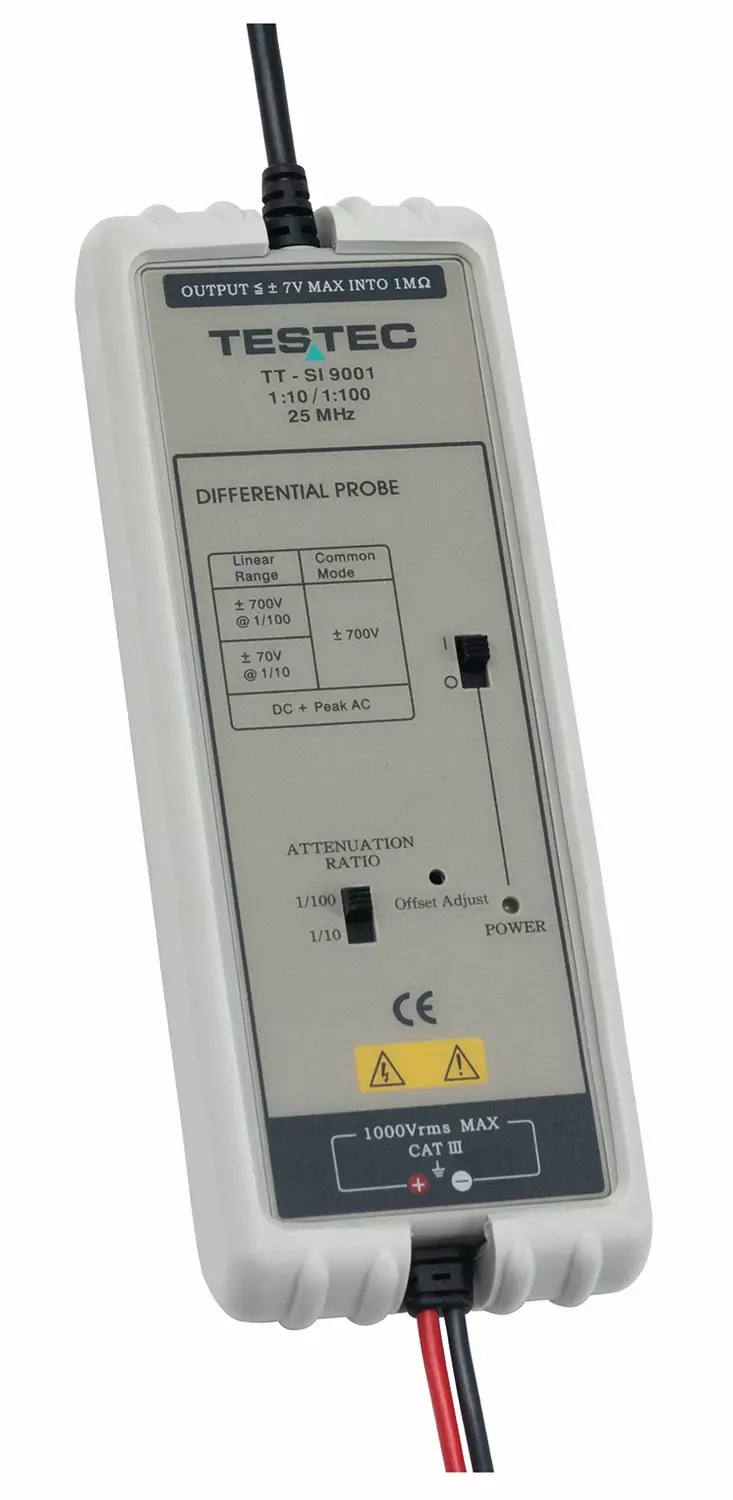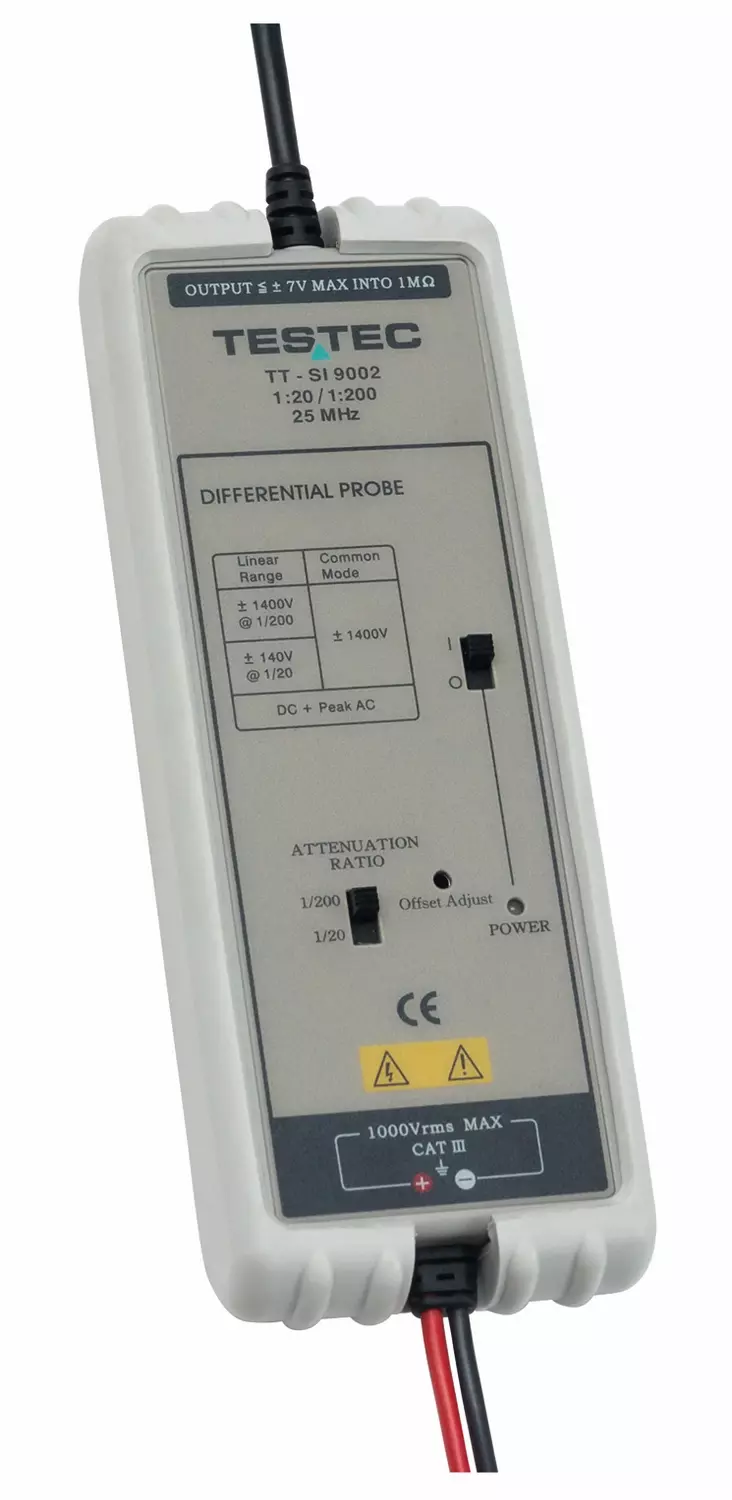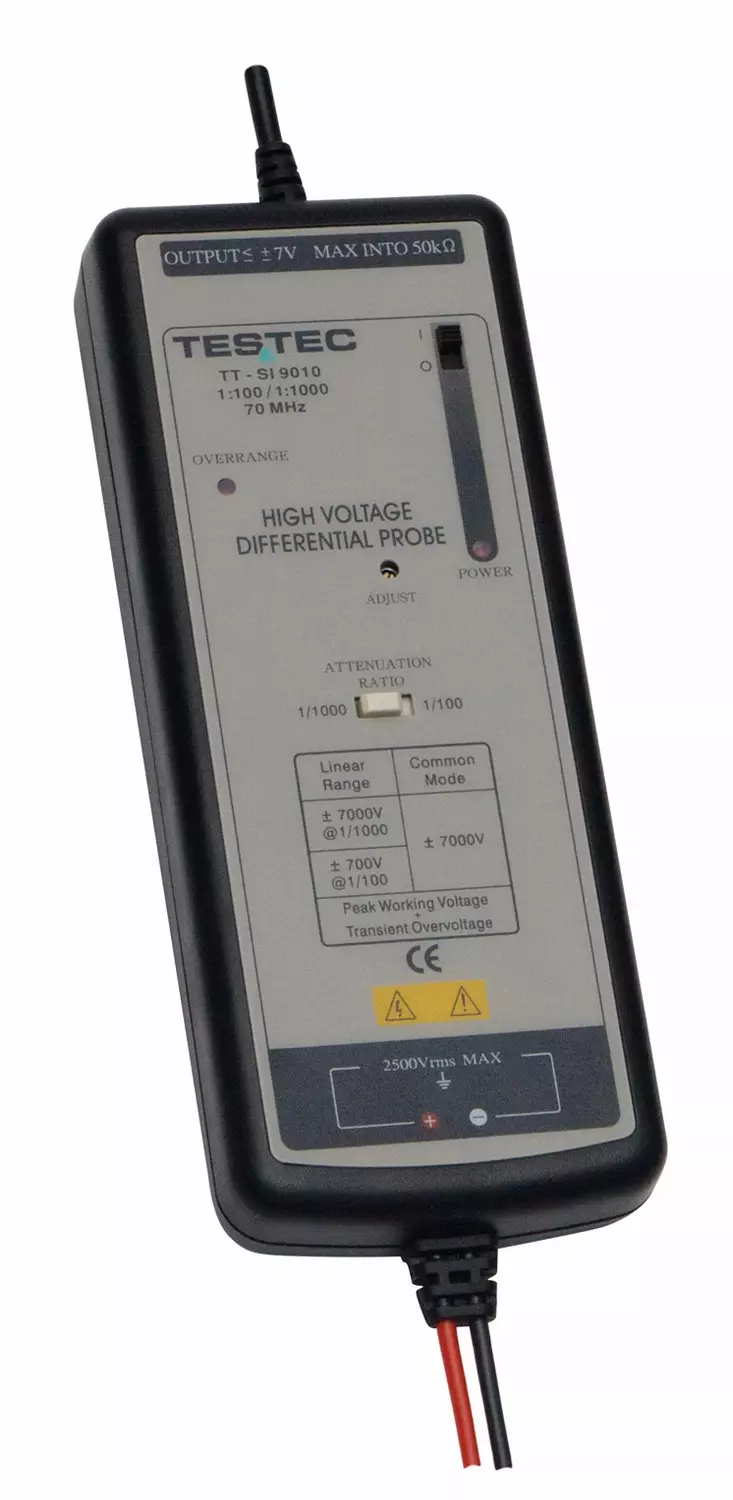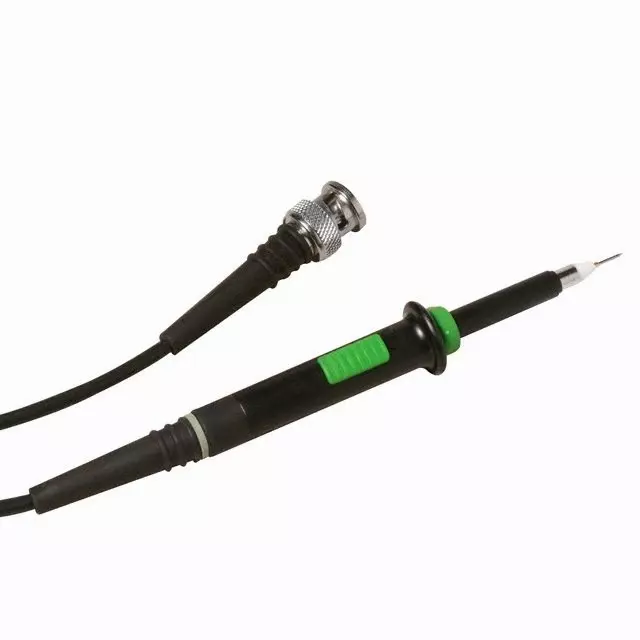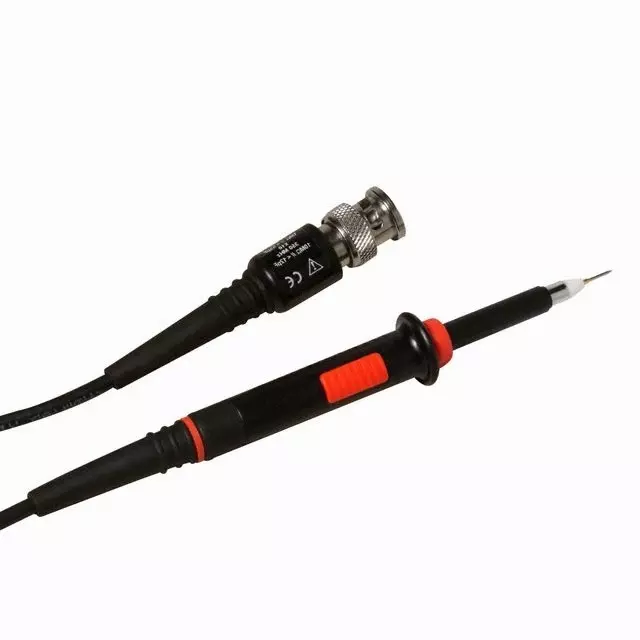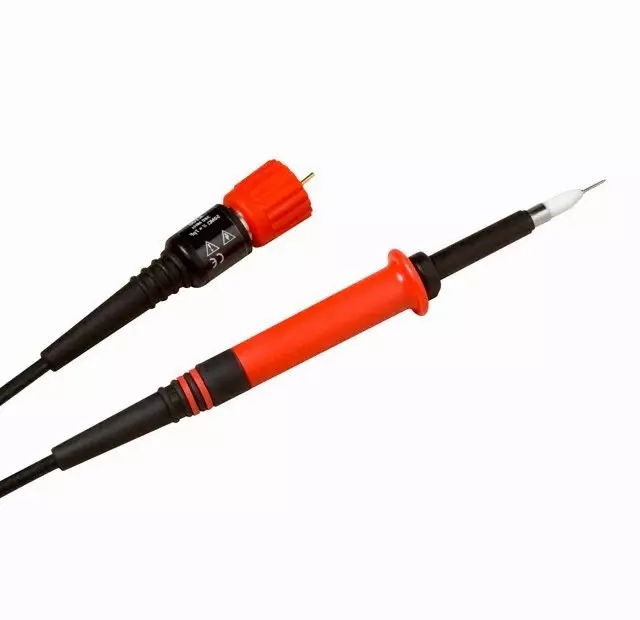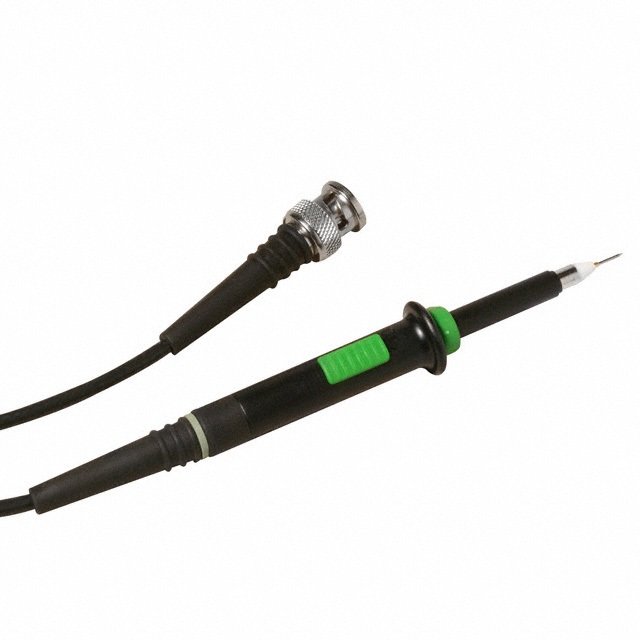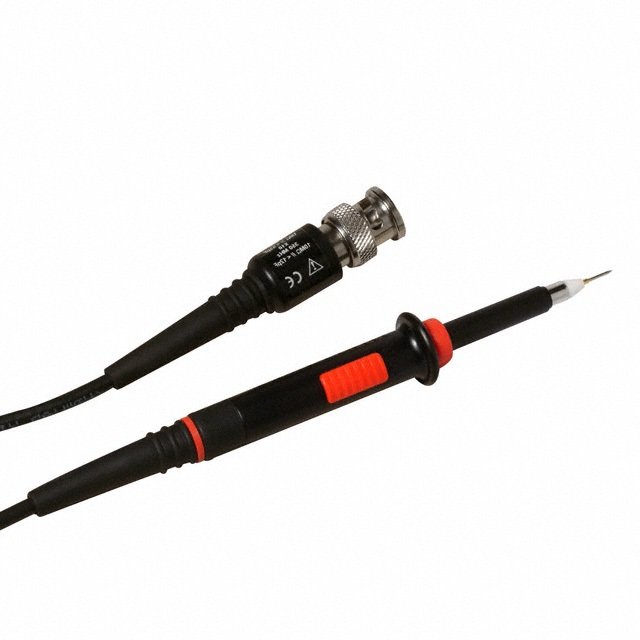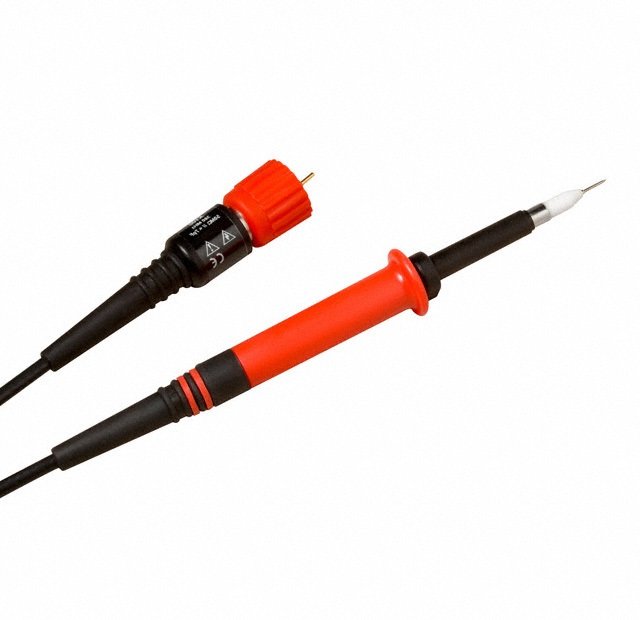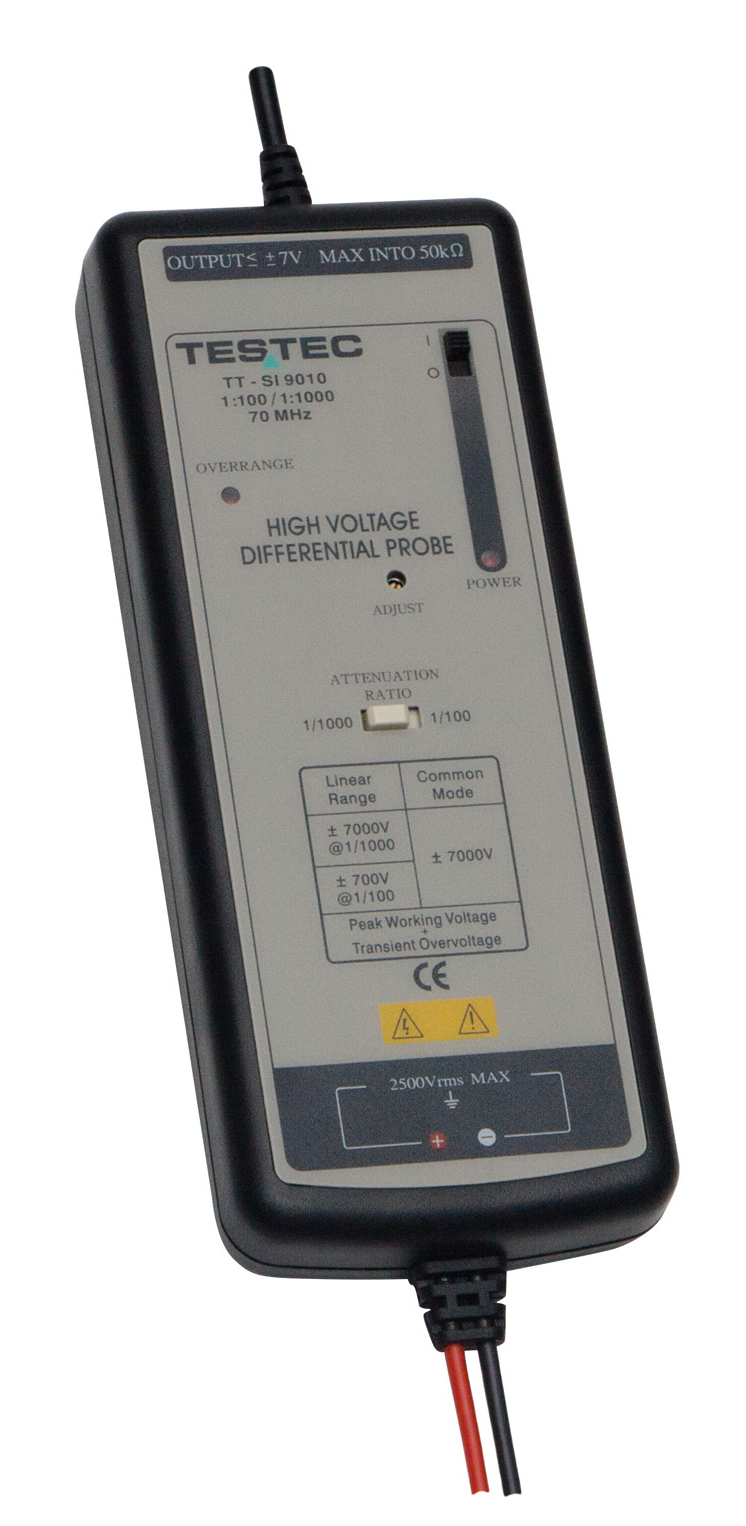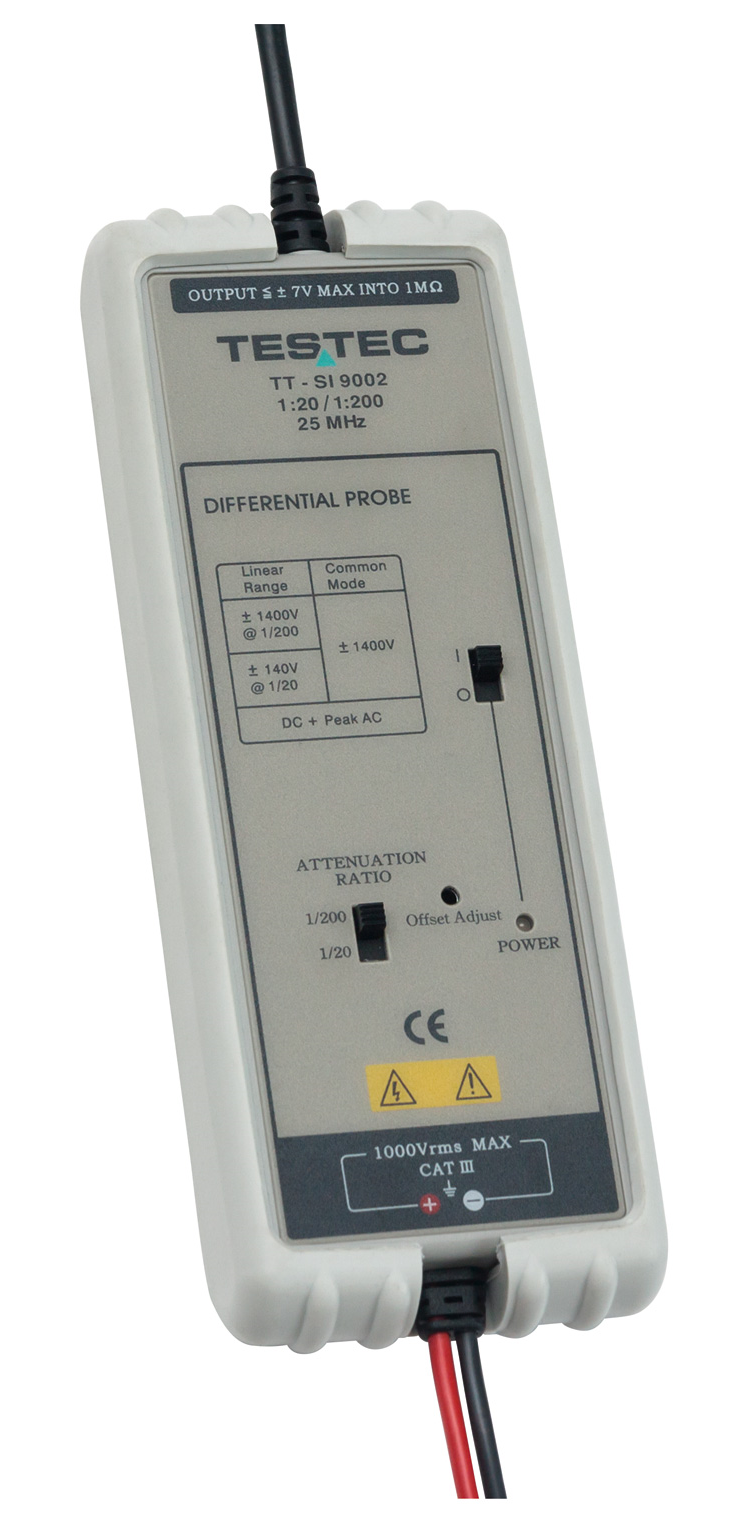Oscilloscope Passive Probes Vs Active Probes
Oscilloscope Passive Probes Vs Active Probes
The importance of probe selection can significantly affect your measurement and accuracy. Learn and benefit from a better understanding of Oscilloscope Probes and how to select the correct probe for specific measurement tasks. The area we look to explore and explain is the difference between passive and active oscilloscope probes.
1 - What is a Passive (Modular) Probe?
2 - What are The Advantages of Passive (Modular) Probes?
3 - What are The Disadvantages of Passive (Modular) Probes?
5 - What are The Advantages of Active Probes?
6 - What are The Disadvantages of Active Probes?
7 - Conclusion: Passive Probes Vs. Active Probes
1 - What is a Passive (Modular) Probe?
Passive (Modular) Probes are the most common type of oscilloscope probe. Passive probes provide the ruggedness and wide dynamic range suitable for visualising signals over a broad range of applications. Passive probes are widely considered "general purpose" probes and are well suited for low frequency signals as circuit loading is minimised.
Example applications:
- Passive Probes: Quick Quantitative Measurements
- Working In DC Low Frequency Range
- Typically a 500 MHz Bandwidth Maximum
“for most applications a x10 attenuation scope probe is the best all round type of probe”
2 - What are The Advantages of Passive (Modular) Probes?
Many consider Passive Probes as the 'general purpose' option. Despite Passive Probes sharing many similarities with Active Probes there are a number of characteristics that have lead to it's popularity.
- Passive probes do not require their own power source
- Good value for money
- Low capacitive loading
- Very high bandwidth
- Sufficient to make quick quantitative measurements
- Rugged
3 - What are The Disadvantages of Passive (Modular) Probes?
Oscilloscope Passive Probes are considered 'general probes' and widely used across different applications. However the low value and rugged probes have drawbacks that need to be considered and understood when choosing a probe to undertake a signal test and measurement.
- Performance Degradation at higher frequencies (Above 500 MHz)
- Impedance decrease at low frequency relative to Active Probe
- Circa. 10 kHz Active Probes superior performance becomes noticeable
- Relatively heavy resistive loading that can affect the measured amplitude of the signal
- Insufficient for qualitative measurement where high level accuracy is required
4 - What is an Active Probe?
Oscilloscope Active Probes are a level above passive probes in terms of performance, complexity, and cost. Generally, active probes are purchased separately from an oscilloscope and used for a specific measurement application. Active probes have opposite characteristics to the rugged passive probes. The internal circuits inside the probe tend to be fragile and need carful handling. Transistors and other components rely on power to run the probes. Differential scope probes are a form of specialised active probe that are commonly used to measure differential signals, such as; low level audio and disk drive signals.
“Although many active probes in the market have an impressive bandwidth specification, remember that the real-world performance of an active probe is dominated primarily by how you connect the probe to the target.”
TT-SI-9001 Active Probe TT-SI-9010 Active Probe TT-SI-9002 Active Probe
5 - What are the Advantages of Active Probes?
Oscilloscope Active Probes have active components inside the probe that function to keep the capacitance value low. Passive probes do not have the same capability.
- Unrivalled level of performance at high-bandwidth frequencies
- Significantly lower capacitance loading - greater accuracy insight into fast signals
- Superior level of performance in comparison to Passive Probes
6 - What are the Disadvantages of Active Probes?
- Active Probes require power to power internal transistors
- Input voltage is typically limited
- Active probes typically cost significantly more than passive probes
- Susceptible to damage with fragile internal working components
7 - Conclusion: Passive Probes Vs. Active Probes?
Oscilloscope probes are an essential addition to any oscilloscope, although there is no clear-cut winner when it comes to Passive Probes Vs. Active Probes, as it depends on your intended application.
Probe selection does affect measurement accuracy and signal integrity. Passive probes work well at low-frequencies, although as soon as you attempt to measure a higher frequency signal you will experience a significant degradation of performance. Next time you attempt a measurement, consider signal speed and the type of measurement you’re trying to make and choose either probe accordingly. If, however you need a general purpose probe we would suggest an x10 attenuation scope probe for most applications.


